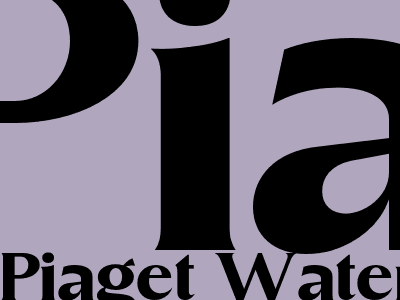The Piaget Water Level Test: A Guide for Parents and Educators
Introduction
Jean Piaget, a renowned Swiss psychologist, developed the Water Level Test in the 1950s to assess children's cognitive development. This test is widely used by psychologists, educators, and parents to understand children's understanding of volume and liquid conservation.
The Test Procedure
In the Piaget Water Level Test, children are presented with two identical glasses of water. The experimenter then pours the water from one glass into a taller, narrower glass. Children are then asked which glass has more water or if the amount of water is the same in both glasses.
Piaget's Theory of Cognitive Development
Piaget believed that children's cognitive development occurs through a series of stages. In the preoperational stage (ages 2-7), children are unable to conserve volume. This means that they believe that the amount of water has changed when it is poured into a different container, even though the actual amount of water remains the same.
Conservation of Volume
Conservation of volume is the understanding that the amount of liquid remains the same regardless of the shape or size of the container. Children typically develop conservation of volume around age 7, as they enter the concrete operational stage of cognitive development.
Implications for Education
The Piaget Water Level Test can help educators understand children's cognitive development and tailor their teaching methods accordingly. For example, teachers can use the test to identify children who may need additional support in understanding conservation of volume.
Conclusion
The Piaget Water Level Test is a valuable tool for assessing children's cognitive development. The test can help parents and educators understand children's understanding of volume and liquid conservation. This information can be used to inform teaching methods and support children's learning.
Additional Resources
- Simply Psychology: Piaget's Water Level Test
- Education.com: Piaget's Water Level Test
- NCBI: The Water-Level Task as a Measure of the Development of Conservation of Liquid Quantity

Komentar